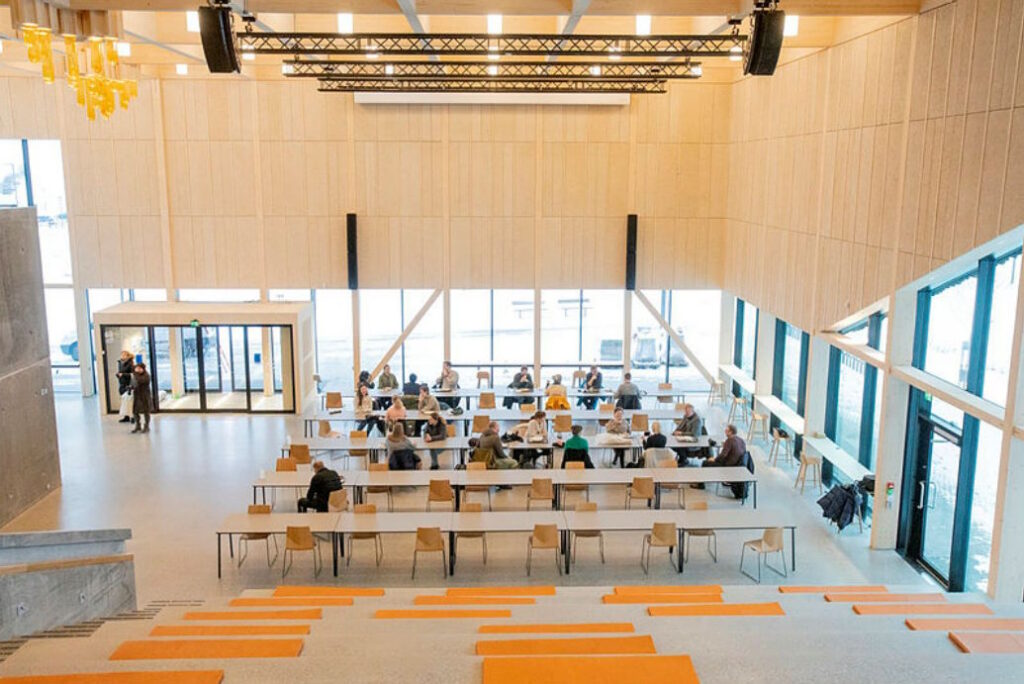We spend as much as 90% of our lives indoors. Won’t the materials in our surroundings affect both well-being and health?
Many people have probably experienced that they get a certain feeling in certain rooms or buildings? Why is it like that? Is there research into the importance of the materials for health? Could it be that we react differently to different materials? On this page, you will find articles that substantiate the positive importance nature, natural elements, natural materials and good design have on our health.
Such questions were the starting point for InnoTre to become better acquainted with research on the use of wood in indoor environments and health effects. On this page, we will collect literature and research that sheds light on material selection and health. Our goal is that all interested parties can immerse themselves, be inspired to gain more knowledge, and perhaps just as importantly, get more questions.
There are many possible positive health effects from the use of wood in construction, but the research-based knowledge base is not solid enough to draw final conclusions about several of the effects. As with research, one of the conclusions is that we need more knowledge to be able to answer all the questions.
In “Report from a review of research-based literature on the use of wood in indoor environments and health effects” (Heltorp and Nyrud 2022) relevant research has been collected, which together can give us some answers and a clear clue.
In one area, the research is quite consistent. Results from perception studies show that wood is perceived as natural, healthy, pleasant, warm, pleasant and comfortable. Results from preference studies show that solid wood is systematically preferred over other materials and over wood-composite products.
On this page, you will find articles that substantiate the positive importance nature, natural elements, natural materials and good design have on our health.
